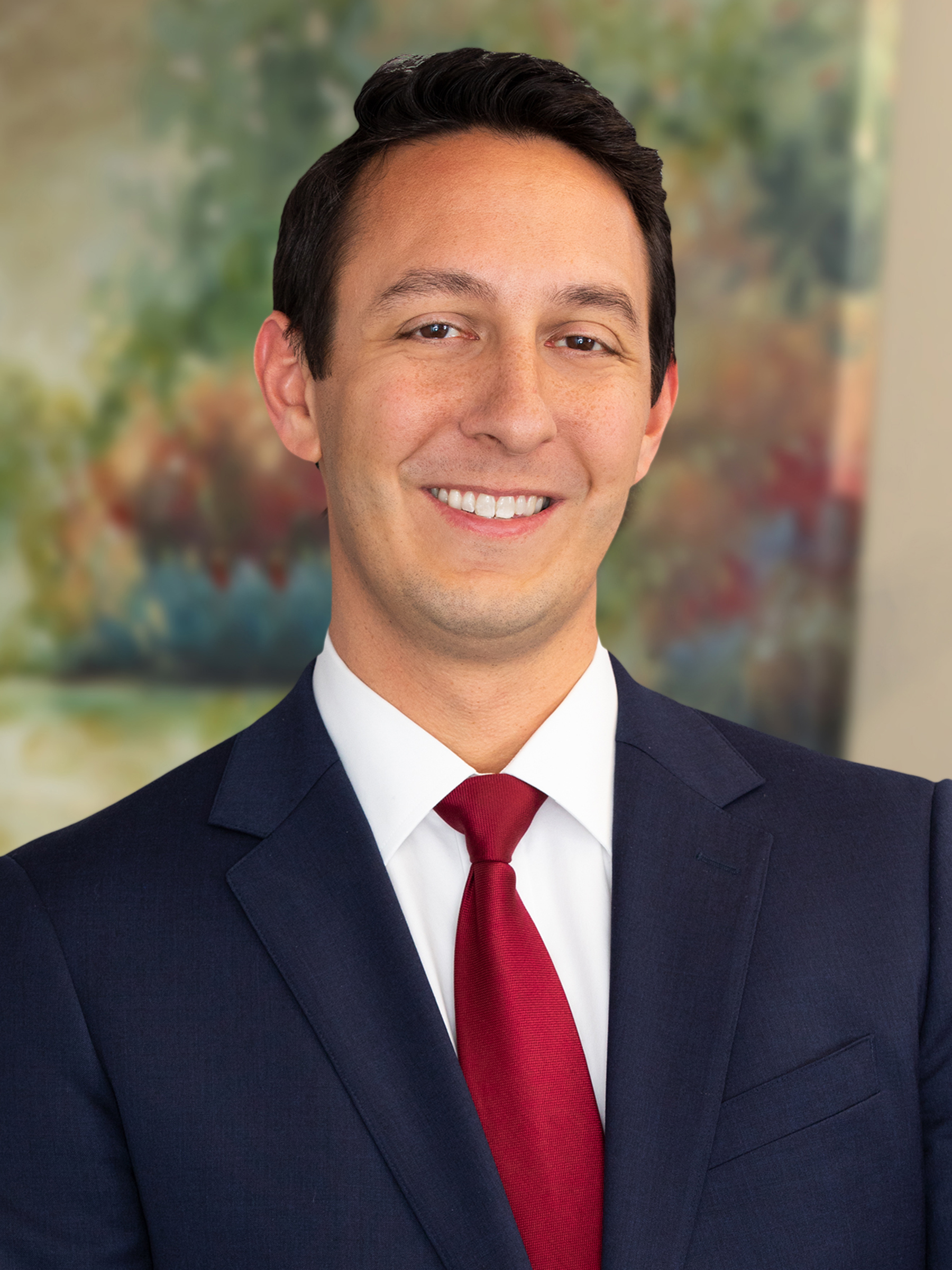What You Need to Know
- Medicare has historically made, and continues to make, substantial investments in the training of the country’s next generation of physicians. Payments are made to hospitals in the form of Graduate Medical Education (GME) payments to support residency training.
- GME payments are used to promote certain governmental healthcare policies and address physician supply and other healthcare workforce priorities.
- Hospitals are particularly focused on their GME payments because the way Medicare pays for GME specifically determines the number of residents who are eligible for payment, and the amount of payment per resident.
_____________________________________
In fiscal year 2020, Medicare paid over $16 billion to hospitals throughout the United States in the form of GME payments. This Client Alert is intended to serve as a primer covering the basic details of those Medicare GME payments.
Eligibility for GME Payments
A hospital is eligible for GME payments if it is a teaching hospital (often affiliated with a medical school) with an approved and accredited residency program in medicine, osteopathy, dentistry, or podiatry.
Purpose of Medicare GME Payments
Medicare GME payments cover Medicare’s share of the costs of a hospital’s medical residency program. Those costs are broken down into two components: (1) the direct costs of operating a residency program, including stipends, supervisory physician salaries, and other administrative costs; and (2) the indirect costs of operating a residency program which may result in higher patient care costs in teaching as opposed to non-teaching hospitals, such as additional tests that residents may order as a result of their training.
How Does Medicare Pay for GME?
Medicare makes separate payments for direct GME (DGME) and indirect GME (IME) costs. Both DGME and IME payments are determined by a statutory formula. GME payments are not unlimited. Congress caps Medicare GME payments by placing limits on the number of resident full-time equivalents (FTEs) and the per resident amounts (PRAs) it will support. The number of FTEs is capped at the number of FTE residents a hospital was training in 1996. The amount Medicare will pay for an FTE is based on a hospital’s costs for a resident FTE in a base year (either 1984 or 1985) as updated by an annual inflation factor.
Direct Graduate Medical Education (DGME)
DGME payments are “pass-through” payments, not an adjustment to Medicare payments for individual hospital discharges. DGME payments are the product of a hospital’s total approved DGME costs, which is a three-year rolling average of FTEs (subject to the FTE cap) multiplied by the PRA, which is then multiplied by a hospital’s Medicare patient load percentage. A hospital’s Medicare patient load is the ratio of Medicare inpatient days to all patient days for the year. In addition, the Medicare Advantage (Part C) portion of a hospital’s patient load is reduced by a specified percentage to fund nursing and allied health education (NAHE).
Expressed as a formula, DGME payments are calculated as follows:
The FTE cap and PRAs are hospital-specific, however qualifying hospitals may enter into an affiliate agreement which allows a group of hospitals to share and/or redistribute FTEs among the group, allowing some affiliated hospitals to reduce their Medicare-supported FTEs so that other affiliated hospitals may increase theirs without exceeding the aggregate number of FTEs of the affiliated group. In fiscal year 2020, Medicare paid $4.5 billion for DGME, supporting 88,247 FTEs.
Indirect Medical Education (IME)
IME payments are intended to cover the cost of “inefficient care” provided by residents in teaching hospitals as compared to non-teaching hospitals and are provided as an adjustment to each Medicare inpatient prospective payment system (IPPS) per-discharge payment. IME payments are add-ons to both the operating and capital portions of IPPS payments. In fiscal year 2020, Medicare paid approximately $11.68 billion for IME, supporting 98,542 FTEs.
The IME adjustment to the operating portion of the IPPS payment is based on a statutory formula, which captures for each teaching hospital the ratio of interns and residents to beds (IRB) and applies an exponent to the IRB (0.405) which estimates the effect of teaching activity on hospital costs. In addition, the formula contains a multiplier (of 1.35) which is set by Congress in the statute, which represents a 5.5% increase in the IME payment for every 10% increase in the IRB ratio.
Expressed as a formula, the IME operating adjustment is as follows:
The IME adjustment for the capital portion of the IPPS payment is based on the residents-to-average daily census ratio (RADC) and an estimate of the effect of teaching activity on hospital costs (0.2822).
Expressed as a formula, the IME capital adjustment is as follows:
Increasing Medicare-Supported Residency Position
As of this writing, a teaching hospital’s options to increase its number of Medicare-supported residency positions are limited. One method for doing so is for a hospital with an existing residency program to establish a “new” program, which is defined in regulation. A second method is for a hospital without a residency program to start one. Additionally, an urban hospital can start a new Rural Training Track to train residents in a rural area. The final method is for Congress to enact legislation to increase the number of Medicare-supported residency positions. In fact, Congress recently increased new Medicare-supported GME positions by 1,000 slots. Phasing in 200 slots per year over five years, the distribution of these new residency positions will prioritize teaching hospitals in rural areas, hospitals training residents over their cap, hospitals in states with new medical schools, and hospitals that care for underserved communities.
Please contact the authors of this Alert with questions concerning GME payments from Medicare, or to discuss your hospital’s specific circumstances.
 | James A. Robertson Chair, Healthcare Department jrobertson@greenbaumlaw.com | 973.577.1784 |
 | John W. Kaveney |
 | Paul L. Croce Counsel, Healthcare and Litigation Departments pcroce@greenbaumlaw.com | 973.577.1806 |
Sign up here for Greenbaum’s Healthcare Perspectives blog, our latest platform for sharing timely information, valuable insights and the “Greenbaum perspective” on a broad range of legal issues of strategic interest to the healthcare business community and those who serve and support it.
